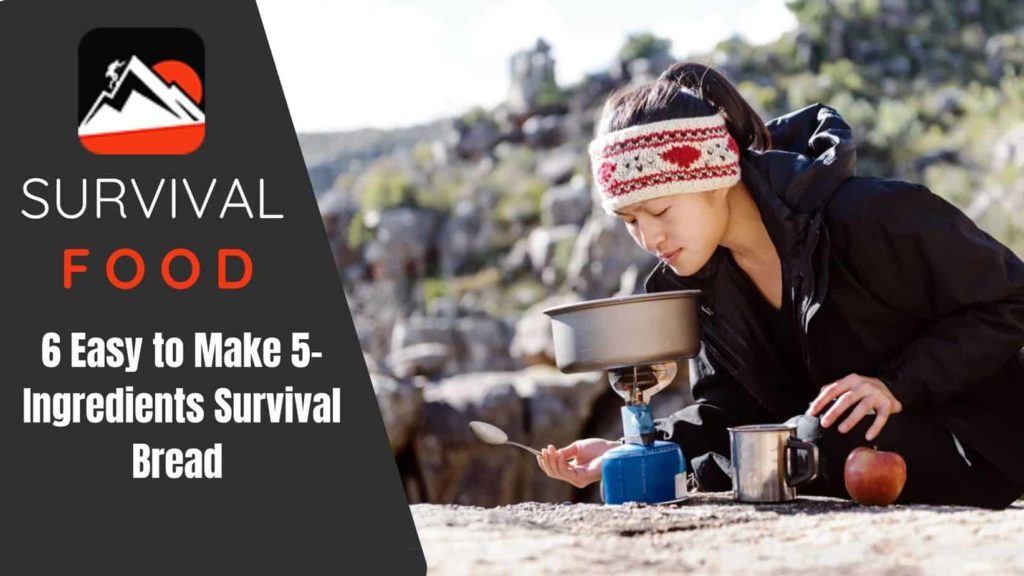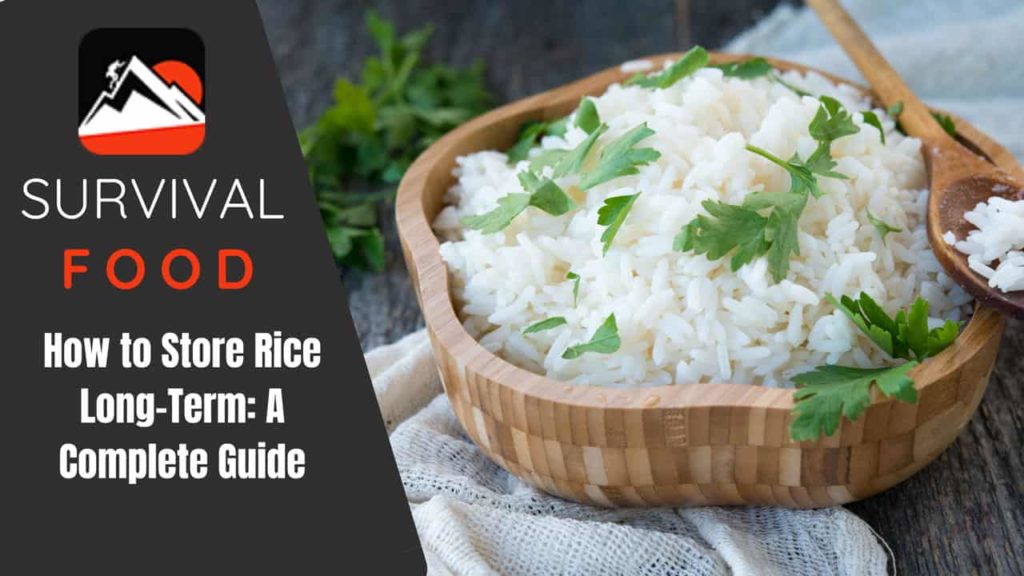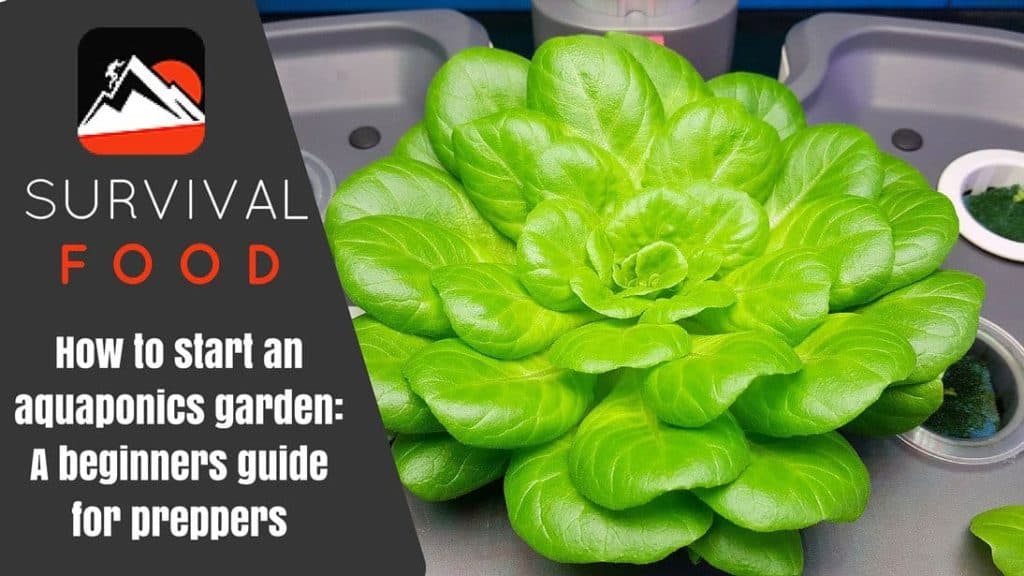Contents
Those who live in a disaster-prone region know the struggles of maintaining a normal life while being prepared for the next natural calamity.
In the US there are several regions where people are evacuated from very frequently due to natural disaster occurrences.
It could be a hurricane, a tornado, a forest fire, all the volcanic eruption. While some natural calamities can be predicted, some happen very suddenly, like earthquakes.
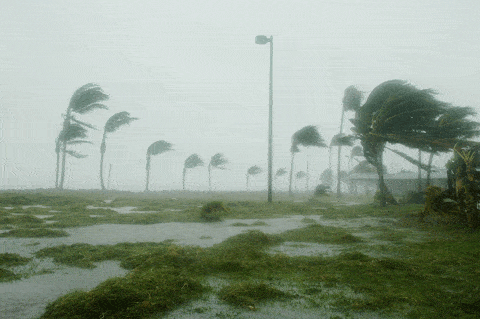
If you live in a region that is prone to natural calamities that come without warning you have to be prepared for an emergency situation at all times.
Besides natural disasters, there are certain calamities that humans bring upon themselves. One of the most famous man-made disasters is fire.
If there is a fire on any property the occupants are evacuated, and for several days or weeks, they have no proper roof over their heads. In an emergency situation like that, you have to fall back on your emergency supplies to see you through the next few days or weeks.
People who do not live in a disaster-prone region are often not used to having emergency storage.
But ask anyone who has survived a hurricane or a tornado and they will tell you that they always have an emergency supply handy. And what is the most important thing that you need to include in emergency storage? Of course, food.
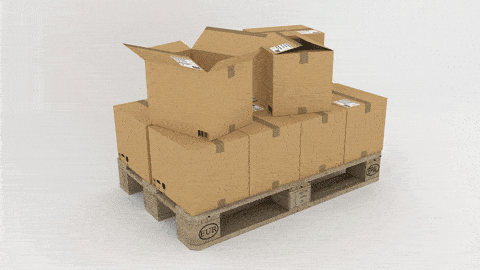
An emergency storage can be anything. It can be a backpack, a rucksack, or a cardboard box holding all the supplies that you will need for survival during any emergency where you are out of home.
This storage should be kept in a place where it remains safe and undamaged in any season (because you are not likely to require an emergency storage every few weeks) and should also be easy to reach when needed.
People know the importance of including clothing first aid supplies emergency tools and weapons like a knife and flashlights, medicines blankets water filter an emergency contact numbers.
But during an emergency the thing that’s most quickly going to run out is food. That is why having an emergency food storage is of vital importance when building a survival kit.
If you are putting together an emergency food storage in a very short time you are likely to pick anything and everything that you come across, without considering calorie intake or nutritional value.
But when you take time to prepare an emergency storage you can pick and choose the right kinds of food which have the right calories and nutritional value.
This is because even when you are living in an emergency shelter you need food that will give you your daily nutritional requirements while also fueling you with energy.
Confused about where to start? The following points will help you build your own emergency food storage. First, let’s find out what makes the right emergency food.
You might also find interesting our article about meat preservation in the wild.
Characteristics of Great Emergency Food
Putting food supplies in an emergency storage is different from storing food in the fridge. That means you cannot use home-cooked food for storing in an emergency supply.
There are special kinds of dried dehydrated and canned food available for storage purposes. Before you start putting together your emergency food storage let’s find out the characteristics of the right emergency food.
Food that you like to eat
Just because you are building an emergency storage for dire circumstances does not mean you have to survive on food you do not like to eat at all.
The great news is that dry, dehydrated or canned foods are available in plenty of varieties, including the foods that you might like to eat.
So, whether you like macaroni and cheese or pizza or mashed potatoes or waffles, you get all of these food supplies in convenient packaging for emergency purposes.
When you buy your emergency food supplies from a website that sells survival kits, you get to buy entire set off emergency food supplies that include different kinds of meals for the entire family.
Nutritious food
Even when you are eating food out of your emergency supply you should be getting your daily nutrition requirements.
When you buy emergency food from any survival store, you get to see the nutritional value of every food product available.
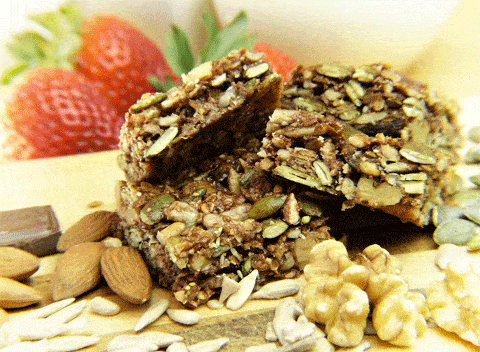
That’s right. Just because you are eating canned freeze-dried or dehydrated food does not mean you have to give up nutrition.
The emergency food supplies available are made considering the calorie intake and nutritional requirements of an individual.
Even though it isn’t as good as eating a fresh meal, it will keep you going until things improve and you can move back home.
 Long-lasting
Long-lasting
It goes without saying that an emergency food storage will remain untouched for months or even years.
If you live in a region where hurricanes tornadoes and cyclones happen every year, you are an emergency food supply will be used up very soon.
But if you live in a region where emergency situations arise very infrequently, you should include food supplies that are not perishable and have a long shelf life when not opened.
Most freeze dried and dehydrated food have a shelf life of up to 20 years in an unopened state. When building your emergency food storage, make sure to choose food supplies that will last for at least 20 years in an unopened state.
We also recommend reading our article about dehydrated food for survival.
Food that gives you the flexibility to prepare meals
Emergency food can be expensive—sometimes more than regular food.
That’s because emergency food spares you the trouble of cooking and also lasts a much longer time than cooked food.
But stocking up on different varieties of emergency food can be a little hard on your finances even if the economy is growing at 3%, there is not any Frank/Greenspan recession to deal with, and especially when there is no imminent disaster.
That’s why you should focus on buying food items that allow the flexibility to make different types of meals.
Not all emergency food items are flexible. Some of the most versatile items include potatoes, rice, flour, beans, and dried peas, and even freeze-dried fruits.
Noodles are also a superlative option for making versatile meals when you are out of options. You only have to buy those noodles that require very little prepping or cooking, and you can also add freeze-dried veggies to them to make a larger meal for the people you are with.
Rice and potatoes also allow you to make different meals out of them, together and separately.
How to Start an Emergency Food Storage
No emergency storage can be built in one day. You have to put together a little every day to build an emergency storage.
Of course, there are emergency food supplies available for anywhere between 3 months and 2 years. You can pick that up and complete your emergency food storage in a day or two.
But when you buy a year’s supply of emergency food at once, it can set you back by a few thousand dollars. That’s not the kind of money anyone is willing to spend at once. Therefore you have to take it one step at a time when building an emergency food storage.
There are a few factors you must consider when building an emergency food storage. Some of them are:
 Calorie intake
Calorie intake
An adult needs anywhere between a thousand and 3,000 calories every day, depending on height and weight. Without sufficient calorie intake, it is impossible to find the energy to go through the day.
In an emergency situation, people cannot feel sluggish or tired because there’s a lot to be done and you need to be active and alert at all times.
When you are buying emergency food the calorie count of every item is mentioned on the packaging. make sure to read the labels carefully to find out if the meal is capable of providing you with your required calorie intake.
Since different members of the family will have different calorie requirements, the meal should be bought appropriately.
When you have sufficient time on hand for preparing an emergency food storage you can pay better attention to the calorie requirements of your family.
Special dietary needs
A lot of people have special dietary requirements that make it hard for them to consume regular food.
This also applies if there is a baby or child in the house. Whether an individual is diabetic or gluten intolerant, there must be consideration given to special dietary requirements when buying emergency food supplies.
Contrary to what most people think, it is possible to find emergency food supplies that cater to special dietary requirements. most emergency food supplies are generally gluten-free and you can also find lactose-free food supplies.
This is another advantage that you have when building an emergency food storage well ahead of time.
 Budget
Budget
As mentioned earlier in this post, emergency food supplies can be expensive. In some cases, they can be more expensive than fresh food. This is because of the long shelf life of emergency food supplies.
Fresh food will go bad in a few days but if you properly store emergency food supplies last for over 20 years. Given the price of emergency food supplies, you should do not attempt to build one year’s worth of storage in one day.
Instead of spending a few thousand dollars at once, you should set a budget and slowly build your emergency food storage.
First, you should build a 3-day food supply, then upgrade to 3 weeks, then three months and so on. Starting small and building slowly will not only save you money but also help you find the right supplies.
Storage shelf life
Emergency food supplies usually have a long shelf life compared to freshly cooked food unless you are in a situation where you are stuck with Drew Carey from The Drew Carey Show or Dan Conner from Roseanne – we know how much they liked to eat!
They are not perishable and if you keep them in a cool and dry place they can last for years. In an unopened state emergency food supplies usually, last for 20 years or more. Once opened, the last for 6 months to a year.
When building an emergency food storage, the shelf life of the food is important because you never know how long the supplies will go unused.
You also have to make sure that they are stored in a cool and dry place away from humidity or heat. If you store them according to the instruction given on the label emergency food supplies last for a really long time.
We also recommend checking our article about storing pasta for emergencies.
 Storage space
Storage space
Perhaps the most important factor to consider when building an emergency food storage is where to store it.
Given that you need a cool dry place to store the food most people usually pick the basement. But if you are not careful, the basement can also turn humid and give rise to mold and fungi. That’s almost as bad as watching another Star Wars movie!
You also have to store the food in a place that’s easy to reach during an actual emergency. Most importantly, when you need these supplies you should be able to remember where you stored them.
Do not leave the supplies enough dark corner of the basement for 10 years. Make sure to keep the place clean and check regularly if the food is going bad.
Emergency food supplies usually come in resealable bags or containers. Remember to not discard these containers or bags because they offer the safest storage solution for emergency food supplies.
If the containers cannot be reused, you can buy storage containers that offer protection from moisture, dust, and other elements.
Start small
Unless you have news that the world is coming to an end in a week, there is no need to buy a year’s supply of emergency food at once. Instead, you should start small and keep adding to the storage to build it.
As discussed earlier, you should start by building a food storage for the entire family for 3 weeks. Once you have completed the food storage supply for 3 weeks, you have to slowly expand it to three months. In this way, you should try to build a food storage for a year.
While you might never have to survive on emergency food supplies for a whole year, it is still useful to have a big supply of food in your emergency storage, because food is always the quickest to run out.
Aside from food, also make sure to include water in the storage or a portable water purification system.
Food Storage Staples to Buy
When building an emergency food storage for unforeseen events, there is no reason why you should have to survive on food that does not taste good or fulfill your nutritional requirements.
The emergency food supplies available today have undergone a lot of changes from what they used to be years ago.
You have a lot more variety, thanks to improved technology that allows freeze drying of most delicious meals.
So, whether you love soups are pizzas or macaroni and cheese, you can have all these varieties included in your emergency food storage.
When you are actually in an emergency situation having to survive on food that you had stored earlier, deliciousness is not the first thing on anyone’s mind.
But at the same time, if the food is not palatable, it isn’t possible to eat well.
Therefore, finding a balance between taste nutrition shelf life and convenience is highly important when building an emergency food storage and you don’t need Chuck Norris to tell you this.
Some of the food storage staples to buy are:
 Canned food
Canned food
Most emergency food supplies come in cans or resealable containers. Canned food is the most popular type of emergency food because they can come in both dry and wet form, and have a lot of variety.
From ramen noodles to mashed potatoes to baked beans, canned food is what comes to mind when building emergency food storage.
Canned food has a disadvantage because it cannot be resealed once open. If you’re buying canned food, make sure you also buy resealable storage containers for storing any leftovers.
 Dry food
Dry food
Dehydrated or freeze-dried food is also a popular emergency food option. You can get everything from pizzas to burgers to roast chicken in dry or dehydrated form.
Dried fruits and vegetables are also common to include in emergency food supplies. All you have to do is heat up the food to make it ready to eat.
Some foods also allow you to just pour in warm water instead of reheating it on a stove or microwave. Dry food is usually resealable and has a longer shelf life than canned food.
 Crackers
Crackers
An eternal favorite of many, crackers are simply hard to not include in an emergency food supplies. They satiate hunger, they boost appetite, they can be eaten in various ways, they are cheap and they have a long shelf life. Crackers are found everywhere and even when open, they last a long time.
 Nuts and seeds
Nuts and seeds
Readily available nuts and seeds are great for including in your emergency food storage. They are nutritious, they taste good, they are appetizing and easy to eat. Nuts can be filling and satiate your hunger, and they aren’t expensive either.
But nuts can also be a rich source of fiber, make sure to consume them sparingly to avoid an upset stomach. This may not be an ideal food choice for those allergic to nuts.
 Powdered food
Powdered food
Soups, milk, and fruit juices are usually available in powdered form, and they can be mixed with warm water to make food. As long as it is kept away from moisture, powdered food lasts a long time.
In an unopened state, powdered food – especially those that are made for emergency food storage – can last for years. But they must be protected from heat and moisture at all times to prolong their shelf life.
Tips for Maintaining your Emergency Food Storage
Building a food storage isn’t enough; you must also be able to maintain it and prolong the shelf life. Even when the shelf life is 20 years, without proper hygiene and maintenance it can go bad in a few days.
Whether it is canned food or dried food, there are proper storage tips you should follow to prolong the shelf life of your emergency supplies.
Keep the space clean and dry
No matter where you store your food, it should be a clean and dry place. You cannot simply leave the food storage in a corner of the basement and forget about it. You should maintain proper hygiene to prolong the shelf life of the food. If it goes bad, just throw it out.
 Prevent moisture
Prevent moisture
Humidity can be the bane for food products. Even the highest-quality freeze-dried food can go bad if you leave it in a damp basement. Besides making sure the storage place is cool, also remember to prevent the food from being exposed to moisture.
Check for leaks or spills
Remember to check on the food products every few weeks to look for leaks or spills. If there is a leak in any package, either eat it up or throw it out.
Buy quality food
You wouldn’t believe it, but even dry and dehydrated foods have good and not-so-good brands.
Saving money is something everyone wants, but make sure you’re not sacrificing quality in the process. Quality food last longer than low-grade ones.
Tips to Save Money when Building your Food Storage
Food is expensive, and emergency food supplies can be pricier than the food you regularly consume.
When there’s no disaster warning, stocking up on food products is unreasonable to most people and they wouldn’t readily want to spend money on something that might never be used.
But if there were ways to save money when stockpiling food, more people would be willing to do it. After all, the importance of an emergency food supply can never be denied.
Here are a few tips to save money when building an emergency food storage:
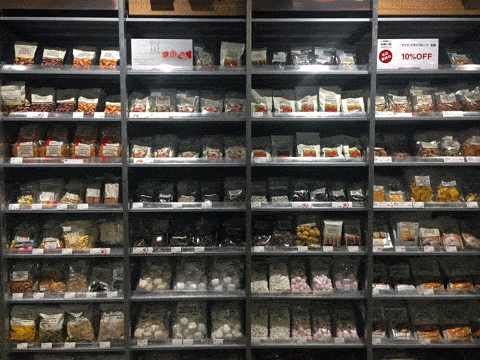
Look for sale and discounts: The easiest way to save money is to take advantage of a sale or discount. You can get food for up to 70 percent discount.
Keep food safe: Make sure to store the food in a safe, dry, and clean place to prevent it from going bad. If you maintain the food storage, you only have to buy it once.
Buy in bulk: If you find that buying food in bulk saves money, do it. However, make sure you only buy the food that you will actually want to eat. Don’t buy something you wouldn’t eat, just because it was saving you money.
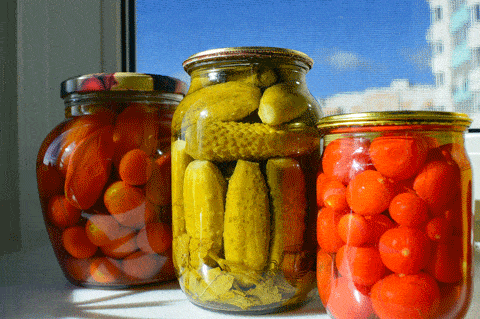
Make your own food: That’s right, preparing food for your emergency storage isn’t as hard as you think it is. With a little time, you can easily make your own canned or dehydrated food. Besides, you can always consult YouTube for tutorials.
Final Thoughts
No one likes to think about disasters, but being prepared can help you remain safe and sound in even in the direst circumstances. Since food is one of the most essential requirements for survival, having an emergency food stockpile is always an astute idea.
While looking for good bargains, it’s important to not choose the cheapest items on the shelf or on a website, because the low quality might not last too long.
If you maintain your food storage well, then your food supply from ten years ago should see you through any unforeseen event.

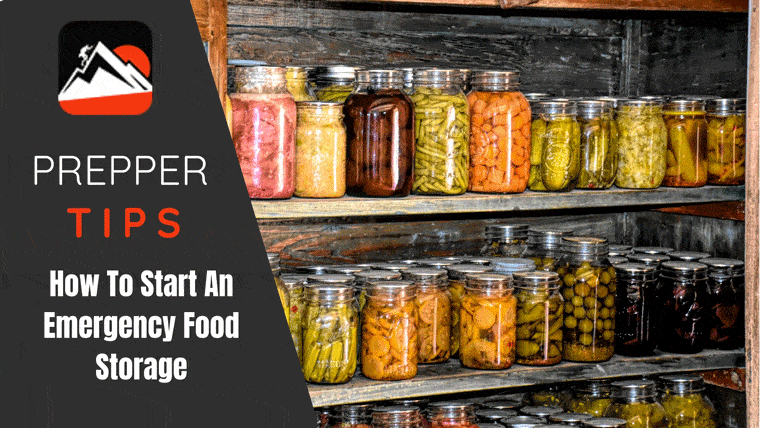
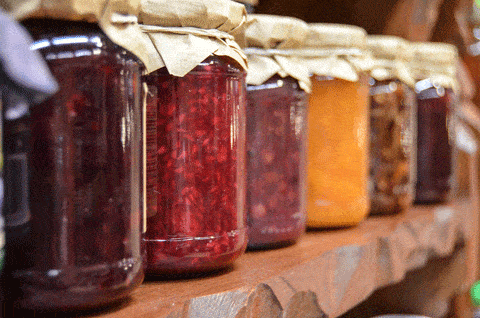

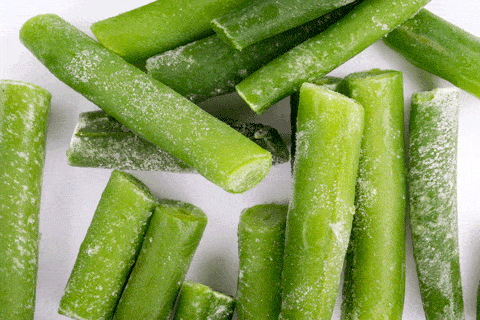 Long-lasting
Long-lasting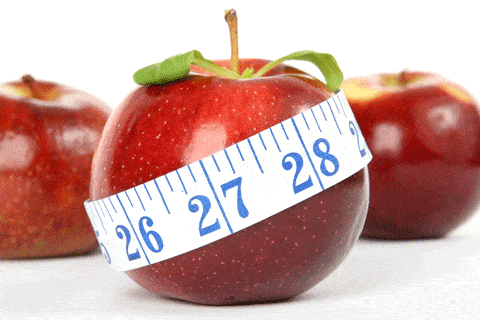 Calorie intake
Calorie intake Budget
Budget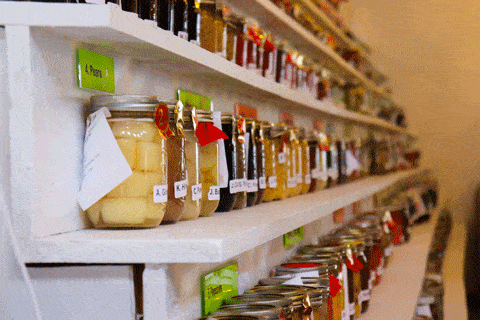 Storage space
Storage space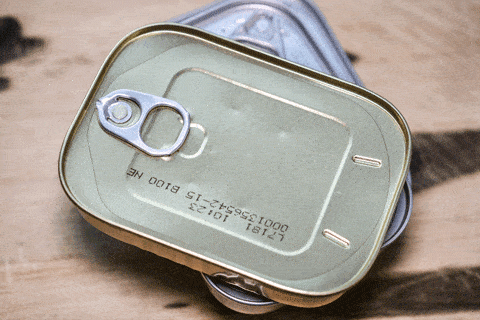 Canned food
Canned food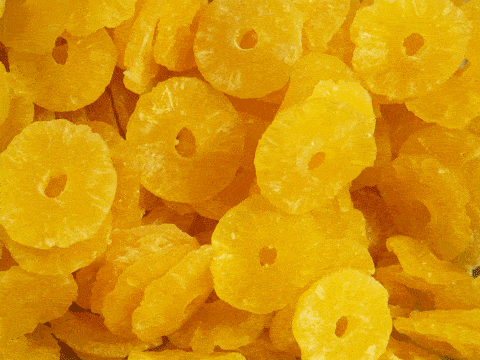 Dry food
Dry food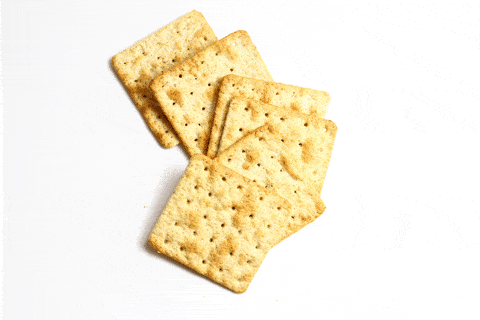 Crackers
Crackers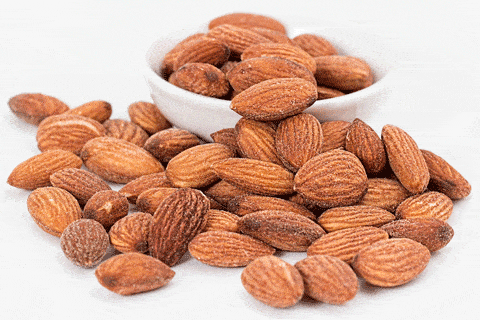 Nuts and seeds
Nuts and seeds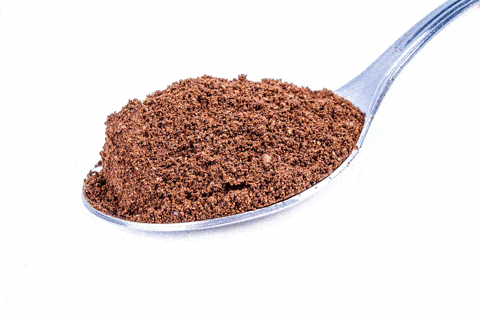 Powdered food
Powdered food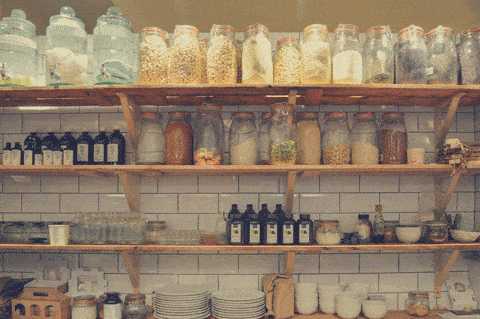 Prevent moisture
Prevent moisture